Whom We Help
OCLA® helps anyone who is homeless or struggling to avoid homelessness find the services they need to improve their life circumstance.

Los Angeles County is home to a staggering number of individuals and families experiencing homelessness.
Over 66,000 people are sleeping in the streets, in tents, or in homeless shelters every night, while thousands more are sleeping in their cars or vans. In January 2020, nearly 19,000 vehicles, tents and makeshift shelters were “home” for thousands of LA County residents. This number fails to include the thousands more who are living in tents, vehicles, on streets or in shelters in Pasadena, Glendale and Long Beach.
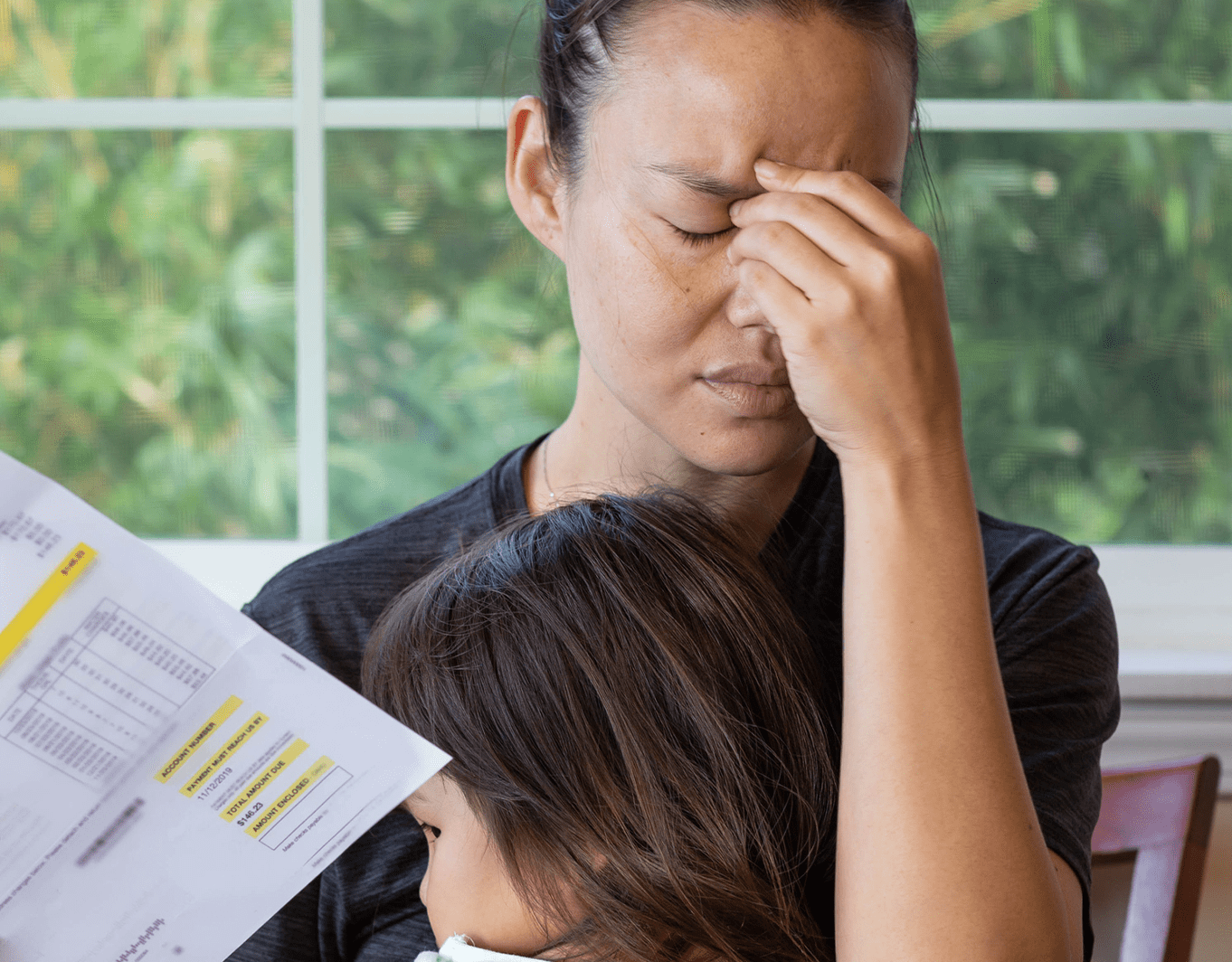
Thousands more families, youth, adults and seniors are precariously housed and/or struggling daily to avoid homelessness, to afford food and other necessities.
OCLA and The WIN™ App also help prevent homelessness by providing access to needed services for those who are struggling daily to avoid losing their home. People who are living with severe resource-insecurity are forced to choose daily between essential necessities…. Imagine being required to choose between paying for rent or food, utilities or needed medications, your children’s school clothes or books, needed healthcare or other necessities for yourself and your family members simply because you did not know how to find help.

OCLA believes that no one should be homeless or struggling simply because they do not know how to find help.
Our Programs are Designed to Help
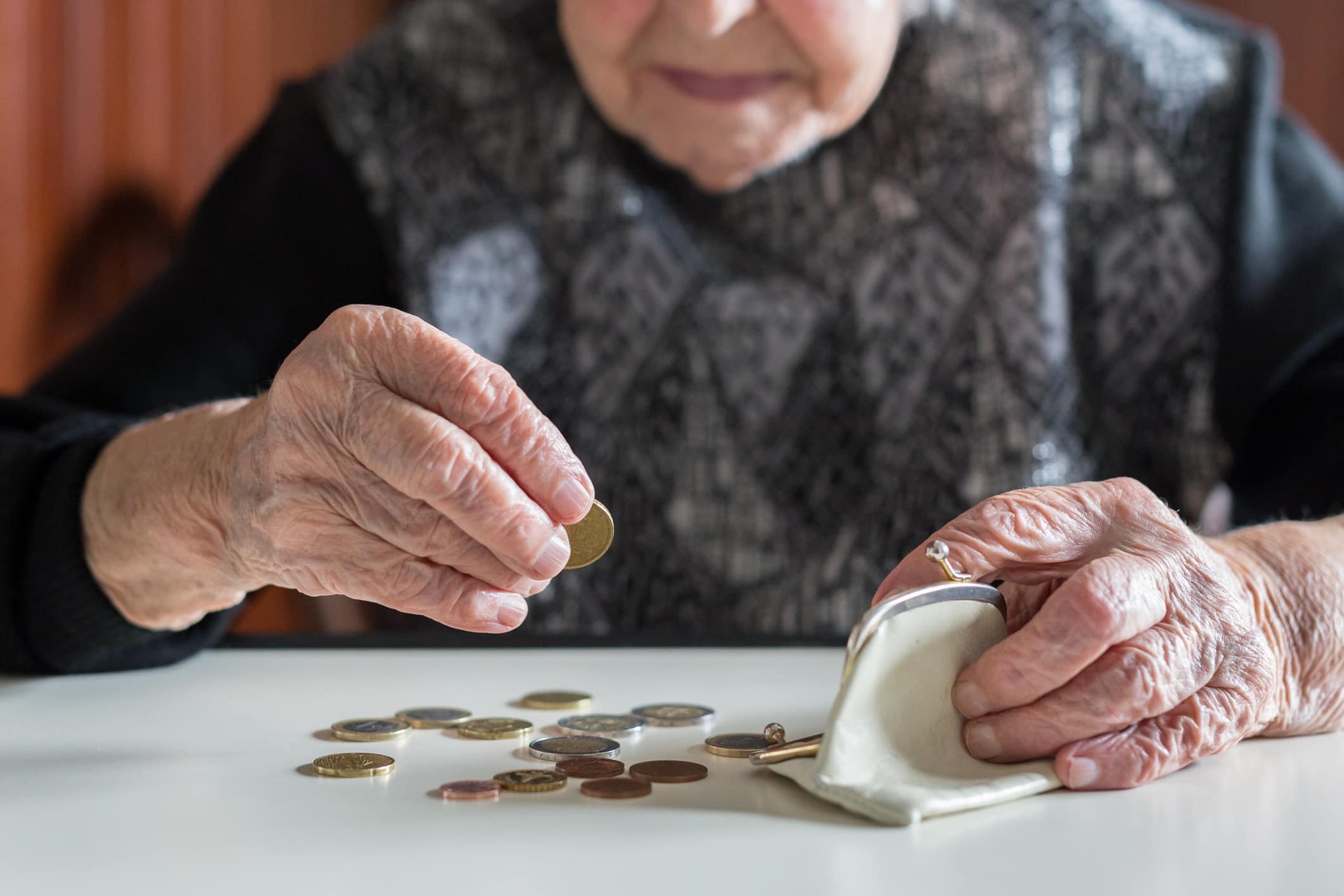
Seniors over 55
Seniors over 55 are one of the fastest growing population of homeless in LA County. Housing costs in LA County have risen faster than average social security income contributing to increased poverty, resource insecurity and homelessness among seniors.
Homelessness among seniors increased 20% from 2017-2020.
From Home to Life in a Vehicle or Tent
Most homeless seniors report living in a car, van, camper, tent, or makeshift shelter.
Role of Economic Hardship
50% of homeless seniors report that economic hardship led to their unsheltered experience.
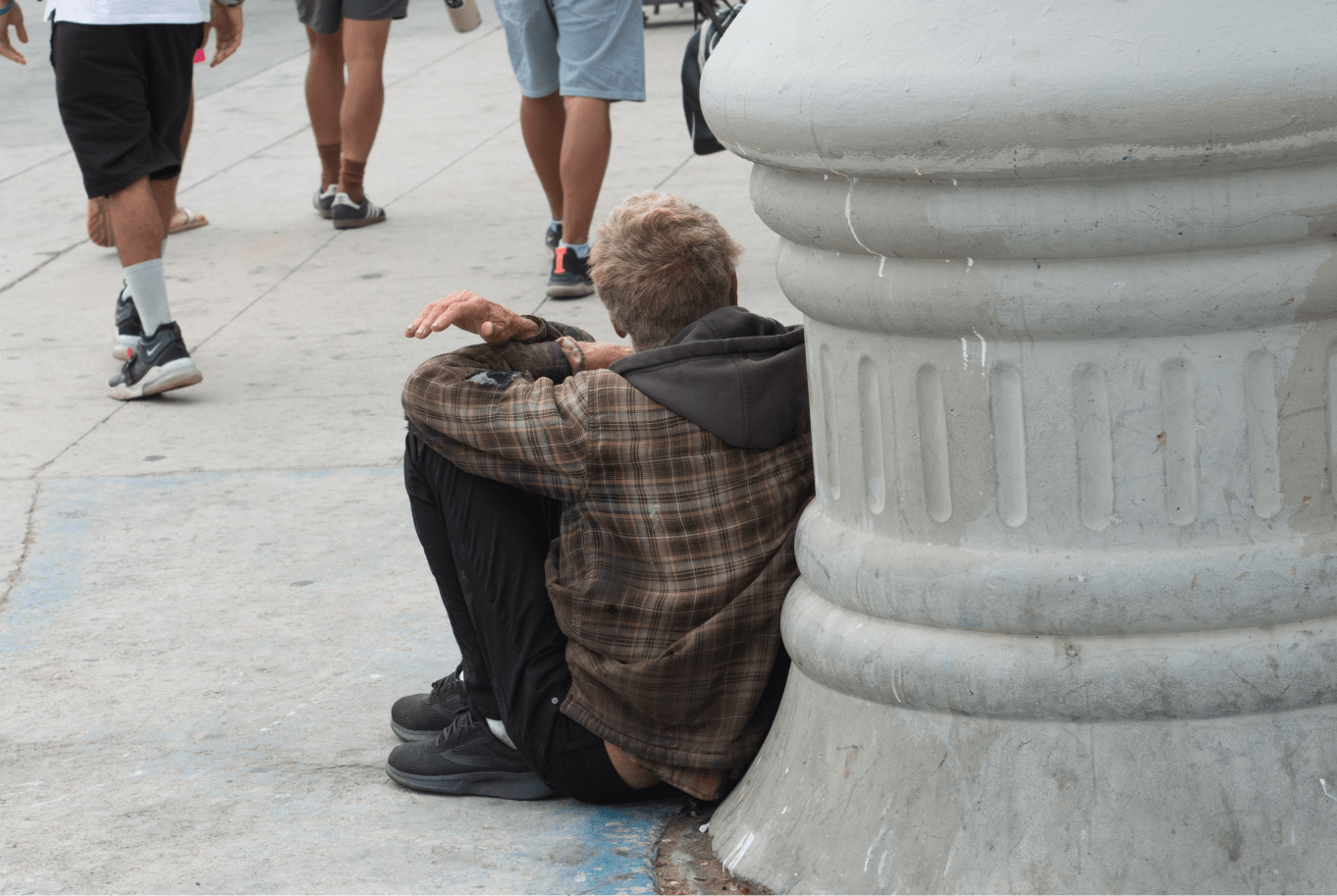
Youth under 25
Youth are falling into homelessness at a faster rate than ever in Los Angeles. Many youth have been kicked out of impoverished or non-supportive homes, are fleeing abuse or neglect or have been released from foster care or the justice systems and do not have the personal resources to build an independent life away from poverty and the streets. Most lack educational or vocational training, employment or housing history, a meaningful support system, and positive adult relationships.

The number of homeless youth increased 19% from 2019 to 2020
This number includes 18-24-year-old single youth, unaccompanied minors up to age 17, and family households with parents under age 25.
Homeless youth are less likely to have a substance abuse issue or mental illness than the general adult homeless population
Female: Homeless youth are more likely to be female
LGBTQ Youth represent nearly 40% of all homeless youth
Youth of Color. Youth experiencing homelessness in LA County in 2020 were more likely to be youth of color: Black (38%); Latino (43%); Caucasian: 15%
Former Foster Youth - 29% of youth experiencing homelessness report lifetime involvement with foster care. Many former foster youth experience homelessness immediately or within one year of exiting the foster care system.
Youth exiting the justice system: 43% of homeless youth have been involved with the justice system. Many of these young people have inadequate education, no employment history, no marketable skills, little, (if any), family or positive adult support, and experience homelessness immediately or soon after exiting the justice systems.


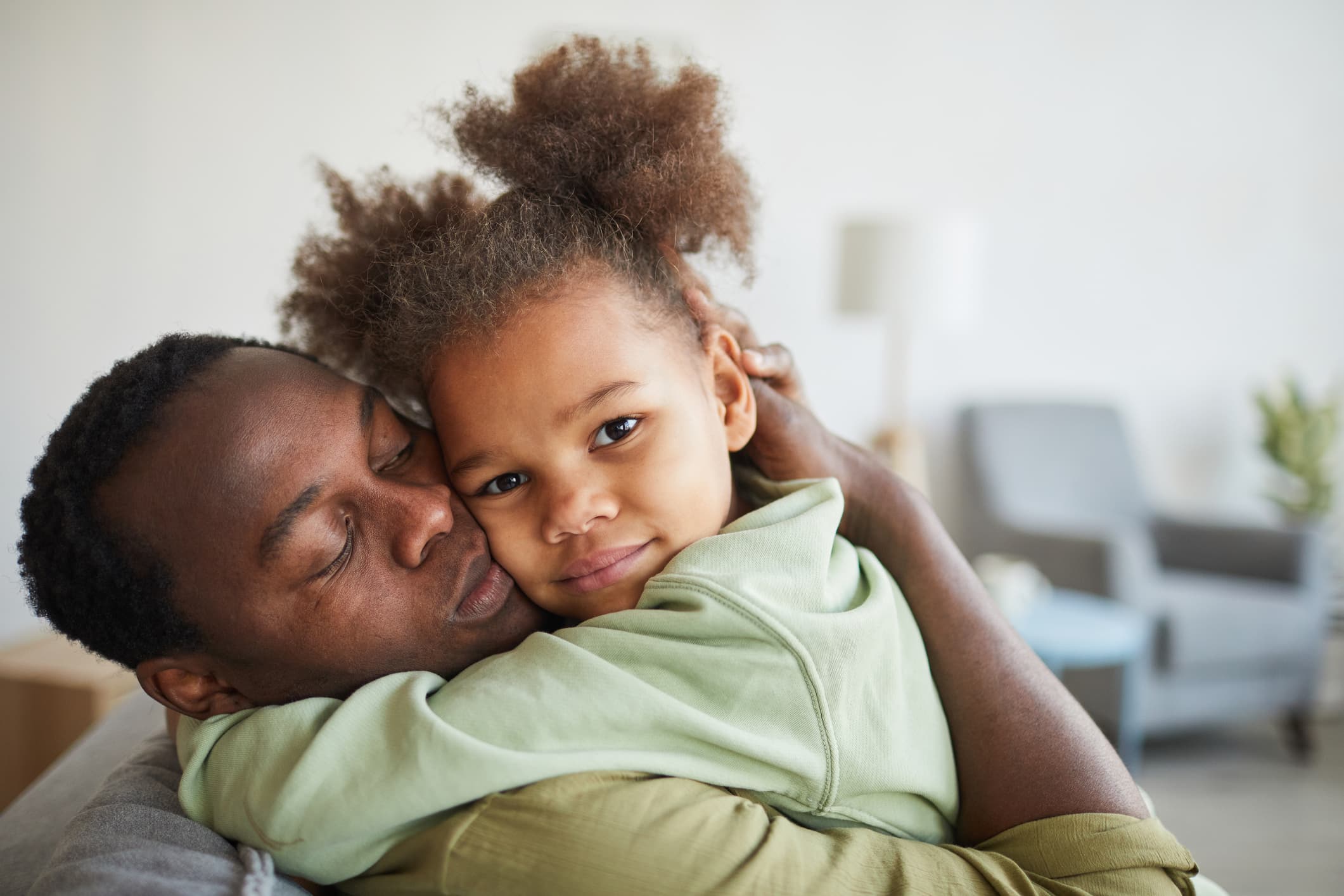
Families
Families who have lost their homes or who are struggling to avoid homelessness are increasing countywide.
Homeless Families seeking shelter rose 39% between 2019 & 2020. These represent pre-pandemic numbers and reflects the precarious impact of financial pressures on low-income families. A parent’s job loss, unexpected medical bills, or other catastrophic events often result in an inability to pay rent, eviction, food insecurity, or other resource insecurity.
Very few family shelters serve single fathers and their child(ren)
Food-Insecure families rationing food: In 2020 it was reported that food-insecure families were being forced to ration food pantry supplies between family members so that it lasts until the next food bank shipment arrives.

College Students
A shocking number of area college students are homeless and food insecure. Students without independent financial resources and/or who are dependent on state financial aid programs which fail to offer sufficient housing aid are often forced to sleep in their cars, couch surf and go hungry in order to attend regional colleges.
Homeless LA County Community College Students: One in five area community college students experience housing insecurity
Homeless and Hungry Cal State Students: One in ten Cal State students are homeless or severely resource insecure.

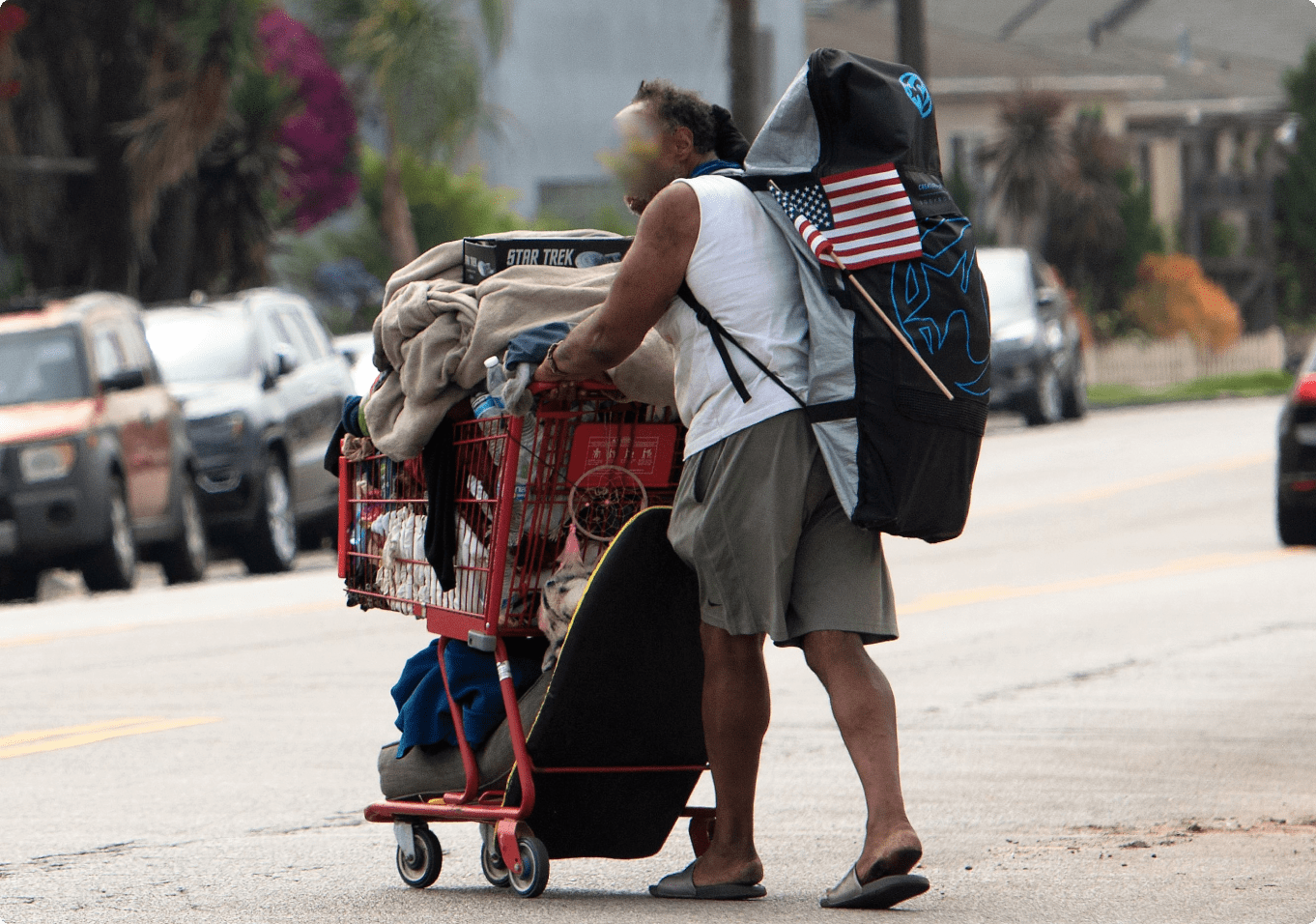

Single Adults
There is no one path to homelessness. Adults fall into homelessness for a variety of reasons--- including a lack of affordable housing, loss of job, structural racism, mental illness, insurmountable debt, learning or physical disabilities that prevent earning a living wage, substance abuse, involvement with the justice system, and lack of marketable jobs skills. Pre-Pandemic, (January of 2020 Point in Time Count), it was reported that many of LA’s homeless adults were:
Newly Homeless - Two-thirds of the unsheltered adults were experiencing homelessness for the first time in their lives.
Struggling with Economic Hardship - 59% of homeless adults cited economic hardship as the cause of their homelessness.
African American – Black people are four times more represented among people experiencing homelessness than in the County population overall.
Re-entering/Probationers/Parolees - Justice Involved Adults too often struggle to find housing and jobs following the release from the judicial system. There are too few jobs/vocational training programs available to them and many employers and landlords do not welcome individuals with a record.
Adults suffering with Serious Mental Illness - 25% of unsheltered people surveys reported living with long-term mental health conditions.
Adults with Developmental and/or physical disabilities - 28% of homeless adults report living with serious developmental and/or physical disabilities
Veterans - Veterans suffering PTSD and other trauma - induced conditions too often end up on the streets. The number of veterans experiencing homelessness remained relatively low and unchanged between 2019 and 2020. Veterans have been the focus of the most federal, state and local investment over the past decade; no one who has served in the military in this country should be homeless.

Domestic Violence Victims
33% of homeless individuals reported during the 2020 Homeless Count that they had experienced domestic and/or intimate partner violence and nealy 4000 reported the reason they were homeless was due ot the need to flee domestic violence/intimate partner violence.

